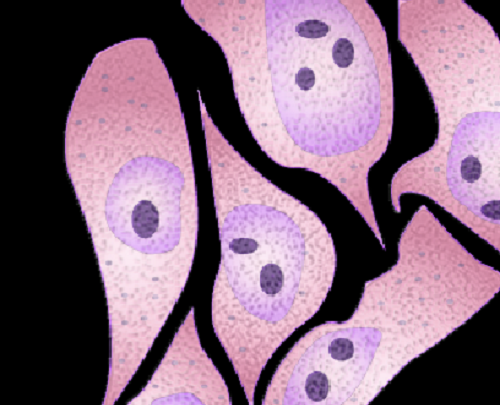Vero Cells and Vaccines

The Vero cell line is deemed the most utilized continuous cell line for creating viral vaccines. The Vero cell was the first cell line approved by the World Health Organization to manufacture human vaccinations.
While it was the first cell line approved, it wasn’t without issues. The cell platform needed to be expanded as the surface of the carriers was limited. To overcome that and other issues and create a more effective engineering process, it was of great significance to help develop the cell’s platform using novel bioprocess skills. During times like COVID-19 pandemic, innovative and accessible platform-tools could offer more useful and cost-effective solutions to meet the worldwide vaccination demand.
Viruses & Vaccinations
Vaccinations are the most successful way to help prevent and manage infectious disease transmission. Viruses are one of the leading sources of communicable diseases. Scientific research in discovering new vaccinations or the progress and advancement of current vaccinations against viruses is presently a high priority for the entire world.
The Vero cell line is the first continuous cell line that the World Health Organization authorized for manufacturing viral vaccinations for humans under the ‘WHOs’ required regulatory guidelines for preparation and use.
Vero cells are deemed non-tumorigenic under a specific passage number, making them safe to use as a suitable base for vaccinations.
Numerous sub-cell lines, such as Vero 76, Vero 81, and Vero E6, have been developed for vaccinations. Too upon future analysis, it was discovered these cell lines came from a female African green monkey (Chlorocebus sabaeus).
The Vero cell continuous cell line can be passaged for an indefinite period allowing widespread cell classification and the formation of sizeable Vero cell banks, a significant advantage over leading cell lines that have limited passage capabilities, such as with the chicken embryo. Vero cells are multiplied tenaciously. The cells can be modified to develop in serum-free environments. These cells are largely used in several areas of research, specifically virology, toxicology, parasitology, and bacteriology.
The broad spectrum in which the cells are used led to the development of several vaccinations that subsequently are produced in disease-causing viruses in Vero cells. Typically, the types of vaccinations are either live types such as weakened viruses (example, nasal Influenza) or inactivated virus (example, injected influenza shot) because both live and dead diseases can be used to make the vaccinations. Vero cells are a widely popular choice as a base, especially for viral vaccinations.
Vaccinations
Many vaccinations have been made from Vero cells, including the following. The Ebola virus disease, Influenza (seasonal and pandemic), Japanese encephalitis, Poliomyelitis, Smallpox, Measles, Rabies, Rotavirus gastroenteritis, and Peste des Petits ruminants (“goat plague”).
Vero cells are the best for creating quick vaccinations with superior protection from the disease.






